
6 Benefits of Visualization for Swimmers
Wondering what visualization can do for your swimming? Here are some evidence-based benefits of visualization for swimmers for more confidence, less choking, and even better technique.
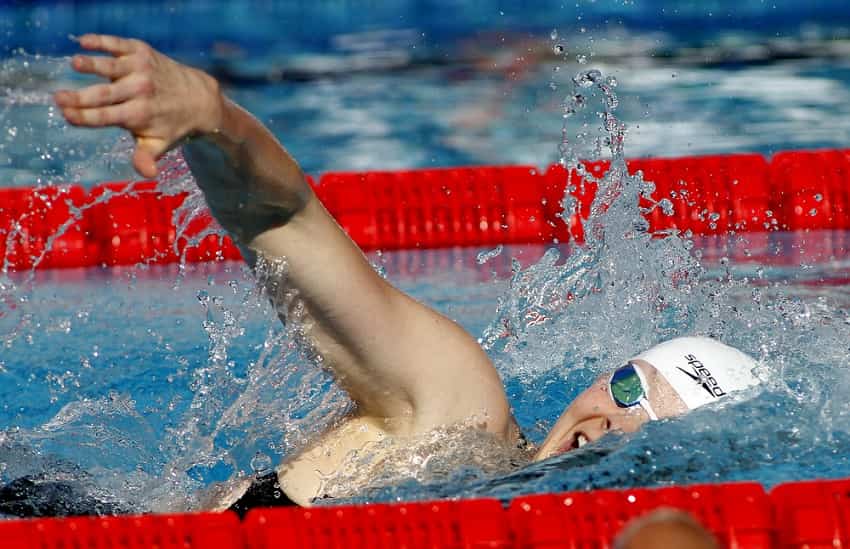
Negative feedback is a powerful tool in your arsenal for faster swimming. Here’s why you should welcome it.
Improvement in the water isn’t all that complicated…
You go to the pool, do it a tiny bit better than you did yesterday, and repeat the process enough times until you are crashing into the touch-pad in a typhoon of white-water to the roars of the crowd.
Simple.
And yet, it ends up being far more complicated.
One of the reasons is that we don’t recognize the tiny opportunities of improvement for what they are. We are told ways we can improve and mentally fight them.
A coach gives us feedback and we don’t listen or take it personally.
How many of your coach’s suggestions have you stuck with? All those times you were told not to breathe into the walls during practice, doing the number of dolphin kicks assigned, making it to each of your swim workouts?
Elite swimming happens when we absorb our mistakes into lessons, causing improvement. The faster we do this, the faster we improve.
This is one of the reasons that you should welcome negative feedback.
Let’s dispense with a couple things right off the bat.
Some readers will see the words “negative feedback” and their backs will straighten. Images of a coach standing poolside, spittle flying out their mouth while denigrating their athletes’ “epic levels of suckiness” will float up.
That’s not the kind of negative feedback we are talking about here. That kind of negative feedback, which is vague, non-specific and is issued in what is believed to be a motivational context is a separate thing altogether.
Negative feedback properly done is telling you that you did something wrong without being unnecessarily detrimental: You didn’t hold the breathing pattern properly. You didn’t stick to the race plan. Your pull is sliding out to the side. Not finishing your breaststroke kick properly. And so on.
Secondly, positive and negative feedback work together and shouldn’t exist separately.
They both work to help by suggesting corrective actions and encouraging good habits and behaviors. Combined they are used tactically to maximize improvement. (This is where the science and art of coaching begin to really intermingle—it’s up to coaches to read their swimmers well enough to know when to apply each.)
Okay. With that covered, let’s roll on!
We all love being praised. Probably no secret there. It feels great to be recognized for the moments where we crush it in the water.
And there is plenty of research to demonstrate that praise works for modifying behavior when used with clear and positively-phrased commands. The idea of future praise can also be a means of motivation.
But like anything, too much praise, or praise used incorrectly, can have adverse effects. When praise is used in an unspecific manner, too frequently, or when it’s not deserved it loses much of its effectiveness to the point that it becomes counter-productive.
At one point or another we’ve all been told “Great job!” after an utterly garbage performance in the water. Our reaction to this kind of baseless praise is usually an eye-roll and in some cases, makes us feel worse as it shines a light on our shortcomings. This is an instance where praise can end up being demotivating and is symptomatic of today’s participation-trophy culture where praise is viewed as the only way to motivate and embolden young athletes.
Negative feedback can seem intimidating as it shatters our illusion that we are awesome and that we never screw anything up. It can seem doubly scary when we are used to being coddled with praise.
But the ability to receive and use negative feedback is something that distinguishes you as an expert. The ability to constructively take negative feedback is a sign of mastery.
The more elite and advanced you are, the more you welcome negative feedback because it provides you with the insight necessary to become a better swimmer.
You see, elite athletes don’t shy away from negative feedback. It’s viewed as a doorway to faster swimming. They crave more information on how to improve. They want today’s negative feedback because they see the long game–they know it will push them to a more positive outcome tomorrow.
Here’s an example of how the better you are at something the more likely you are to want negative feedback.
Researchers took a group of students who were learning French and asked them what kind of feedback would help them learn best.
The noobs in the pool of students preferred a praise and strength-focused approach. They wanted to know what they were doing right.
And the students whose French was more advanced? They wanted the critical feedback that would help them improve even faster. They wanted to know what they were doing wrong.
The researchers found this to be consistent across other domains as well, showing that there is a consistent difference between beginners and experts.
The noobs are looking for positive feedback to increase commitment to a task they aren’t sure about, while the experts seek out negative feedback to speed up progress as they strive to improve.
Ultimately, negative feedback is a tool with one purpose: to help you get better ASAP. When you remove your ego from the situation and view feedback strictly on its ability to help you improve, you will begin to seriously, well, improve.
A bonus side-effect of being willing to seek out negative feedback?
Looking for things to improve on is motivating. In a weird way knowing that there are things you are doing wrong is rewarding because suddenly you have things to improve on which will help you swim faster. The negative feedback provides a glimpse of future you—the moment where you conquer the thing you can improve on—which will get you fired up.
This is one of the kajillion reasons to use a training journal with your swimming.
Beyond measuring the sets and the volume and the intervals, take a few moments after your workout to reflect on the practice or competition and provide your own thoughts on what you can do to be better.
You might be surprised at what comes out when you sit down and get honest with yourself. Articulating your own feedback on paper will also help you clarify what you want to improve and work on moving forward.
Additionally, it is worth asking yourself:
The next time you get out of the water, be willing to ask yourself and your coach: How can I get better?
The Bad Habit That Drives Coaches Crazy. Your body language is a mirror of your self-talk and attitude. Here’s how important this seemingly small thing is.
21 Pieces of Advice You Can Steal from the Most Successful Swimmers on the Planet. The history of our sport is littered with stories of triumph and adversity. There is a lot you can learn from the swimmers who have come before you.
10 Things Swimmers Can Do to Build Exceptional Team Culture. A positive and supportive environment and culture creates excellence for the whole group–including you. Here’s what you can do to do your part.

Olivier Poirier-Leroy Olivier Poirier-Leroy is the founder of YourSwimLog.com. He is an author, former national level swimmer, two-time Olympic Trials qualifier, and swim coach.
✅ Free shipping on Orders over $49
✅ Price Match Guarantee
✅ Best selection of gear for training and competition
✅ Fast and Easy Returns

“This is the best book I have ever seen concerning mental training.” — Ray Benecki, Head Coach, The FISH Swim Team


Wondering what visualization can do for your swimming? Here are some evidence-based benefits of visualization for swimmers for more confidence, less choking, and even better technique.
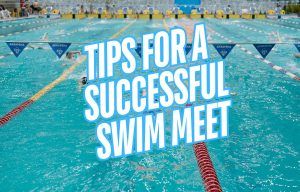
Ready to uncork some best times at your next swim meet? Here’s what you need to know to prepare for a swim meet.
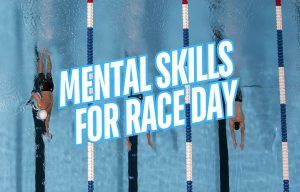
The right mental skills can help you unlock faster swimming on race day. Here is a look at the right skills to use for competition.
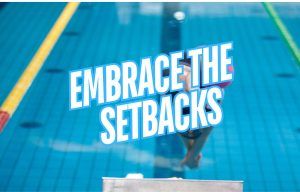
Frustrated with setbacks in the pool? Here are some tips for improving your ability to embrace setbacks and swim faster.
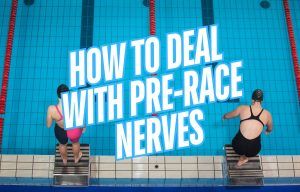
Struggling to swim fast under pressure? Here are some tips for how to manage pre-race nerves on race day.
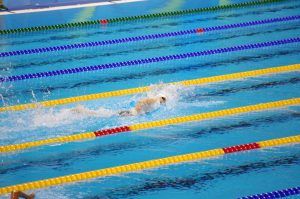
Swimmers often find themselves stuck with doubt when it comes to doing tough things in the water. Here’s a simple question to ask when you find doubt and uncertainty stopping you from excellence.
SITE
SHOP
GUIDES

LANE 6 PUBLISHING LLC © 2012-2025
Join 33,000+ swimmers and swim coaches learning what it takes to swim faster.
Technique tips, training research, mental training skills, and lessons and advice from the best swimmers and coaches on the planet.
No Spam, Ever. Unsubscribe anytime.
